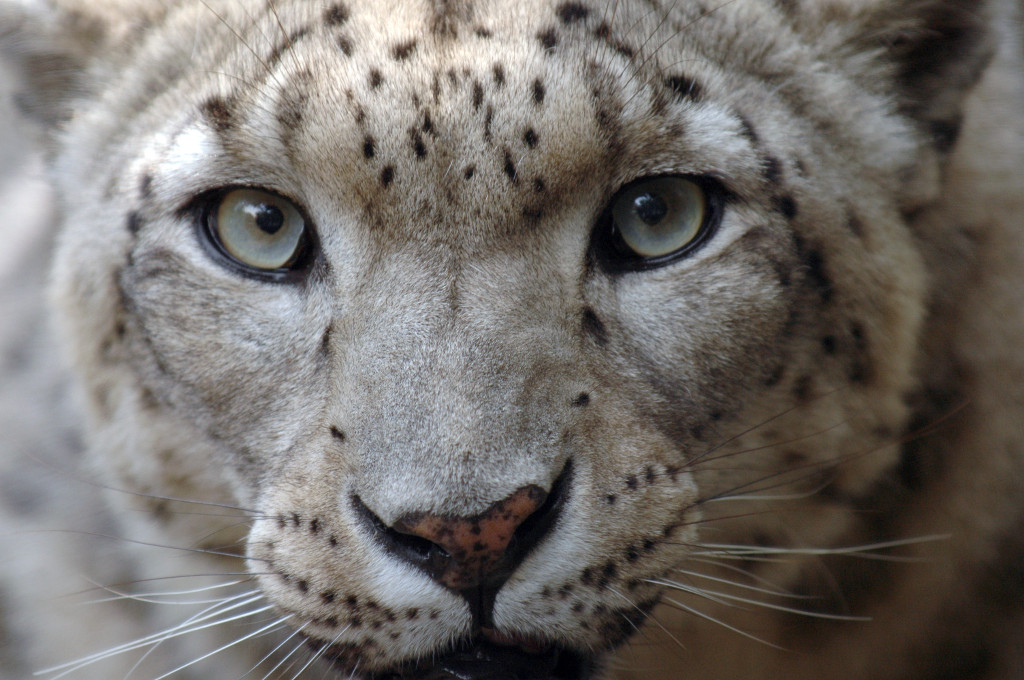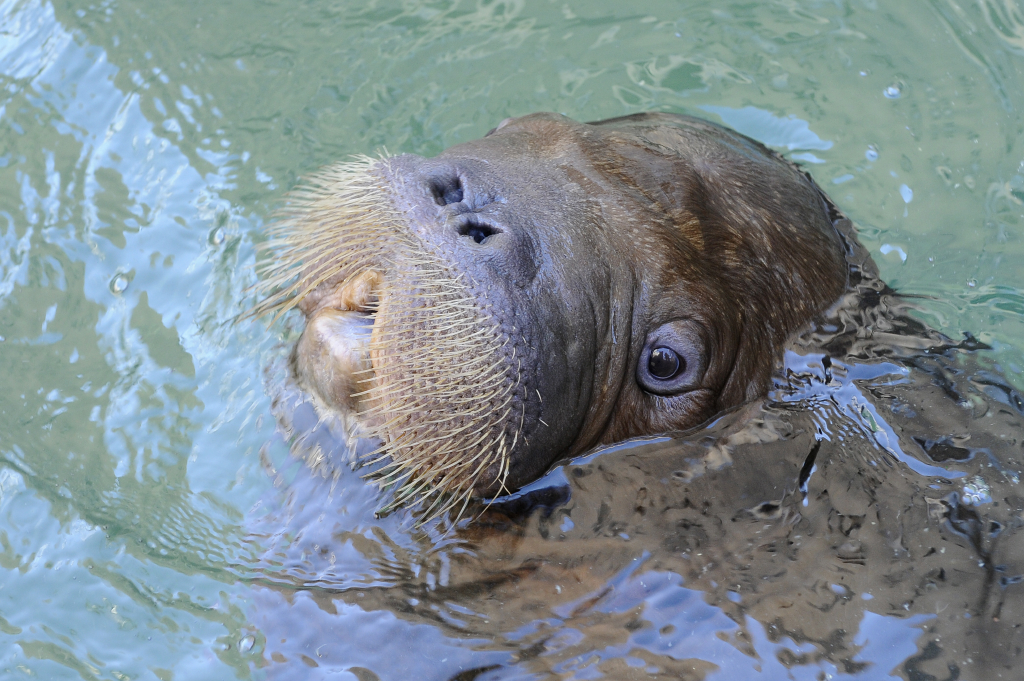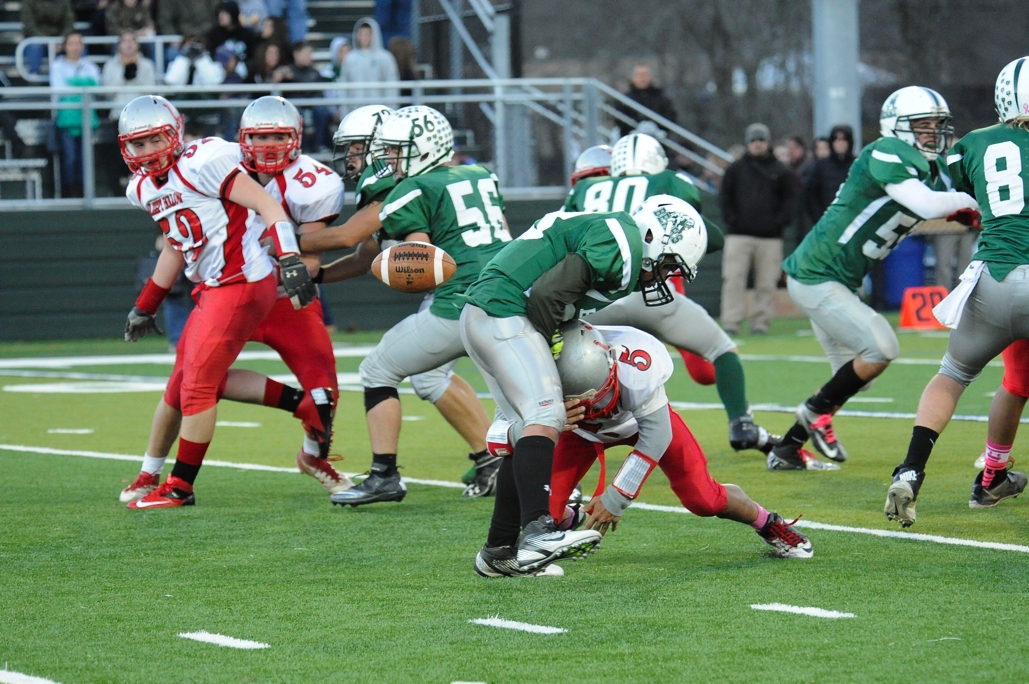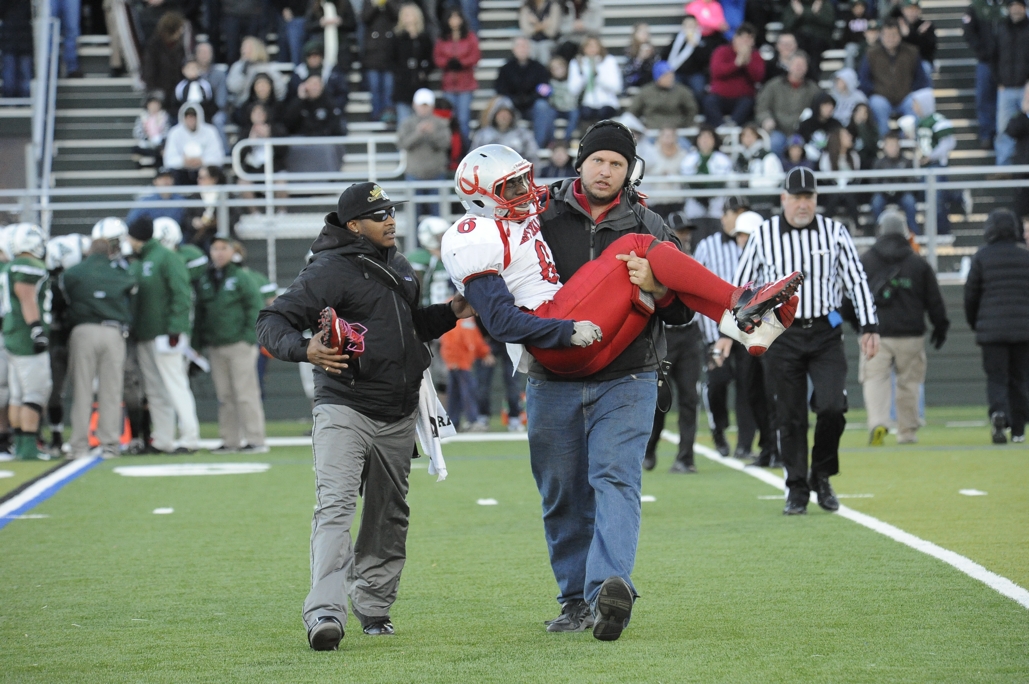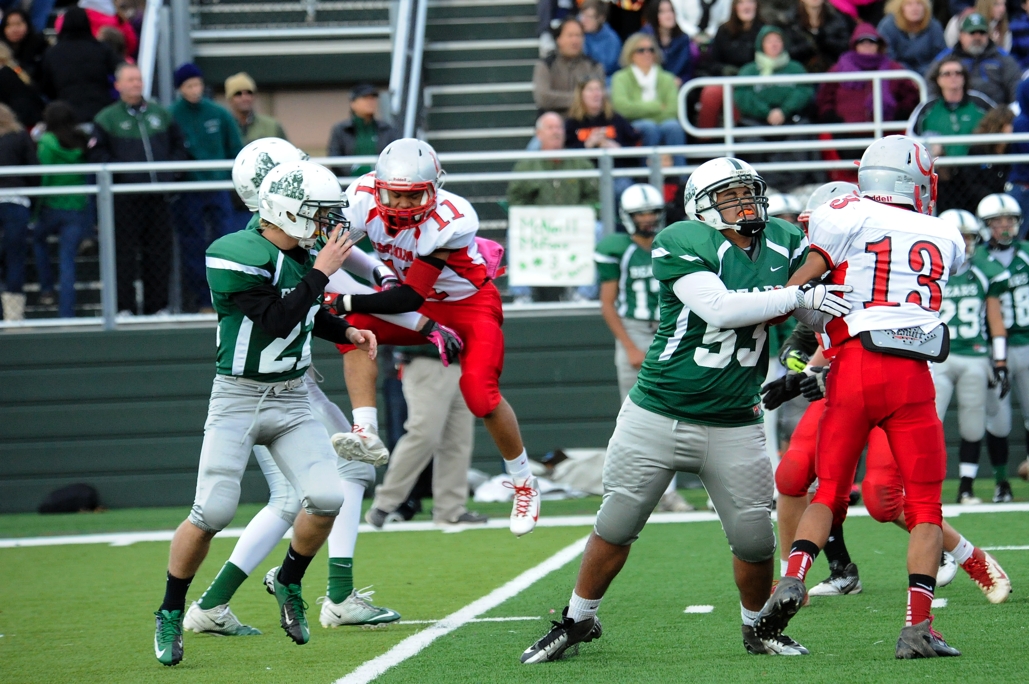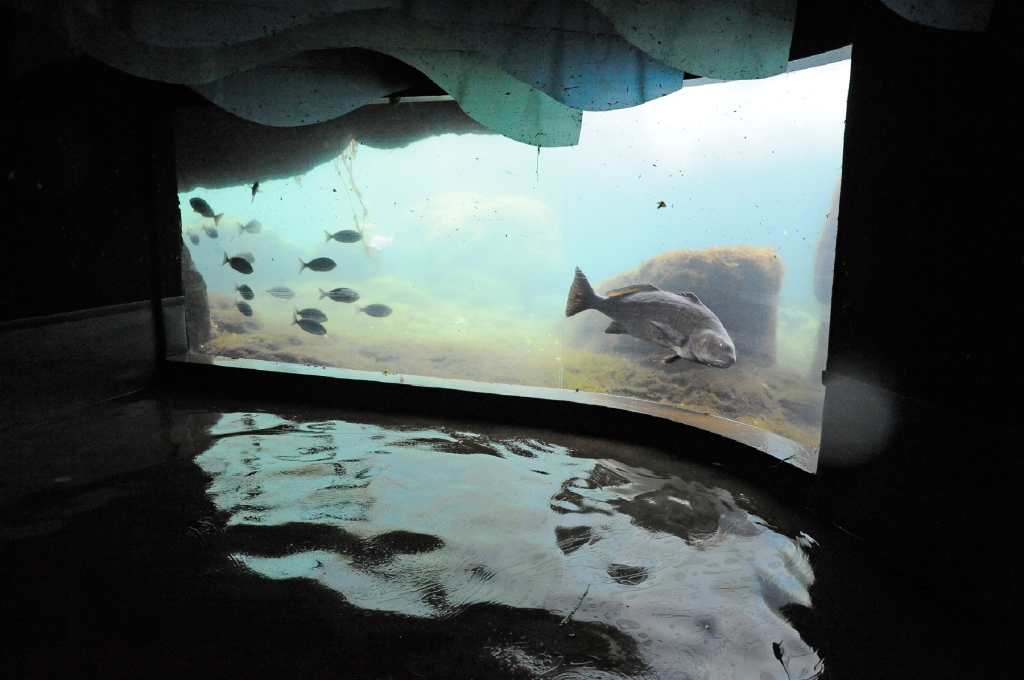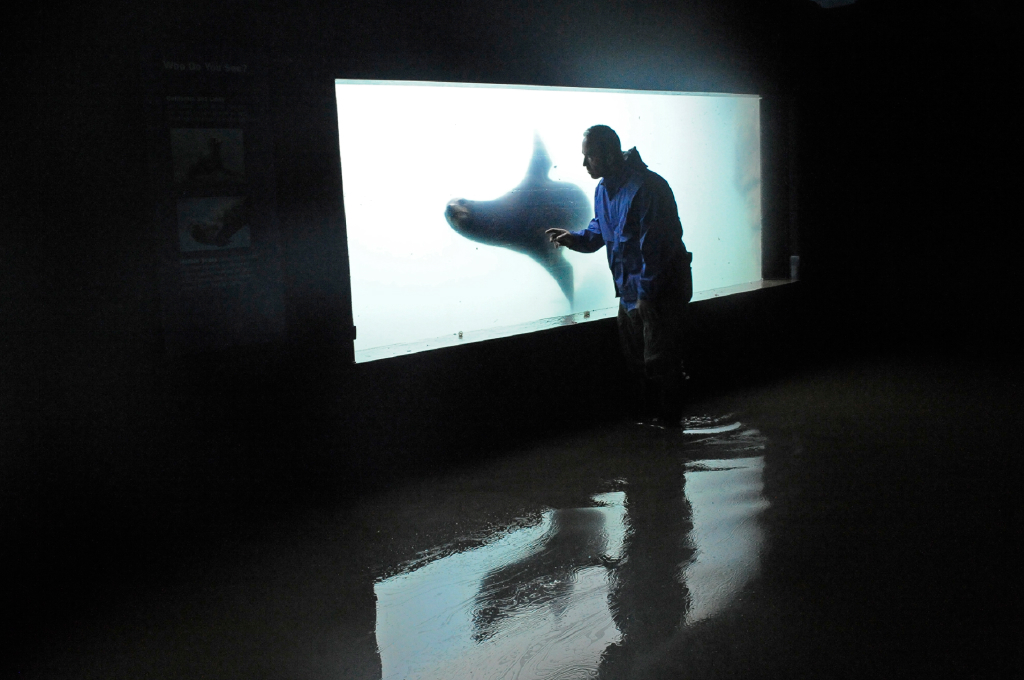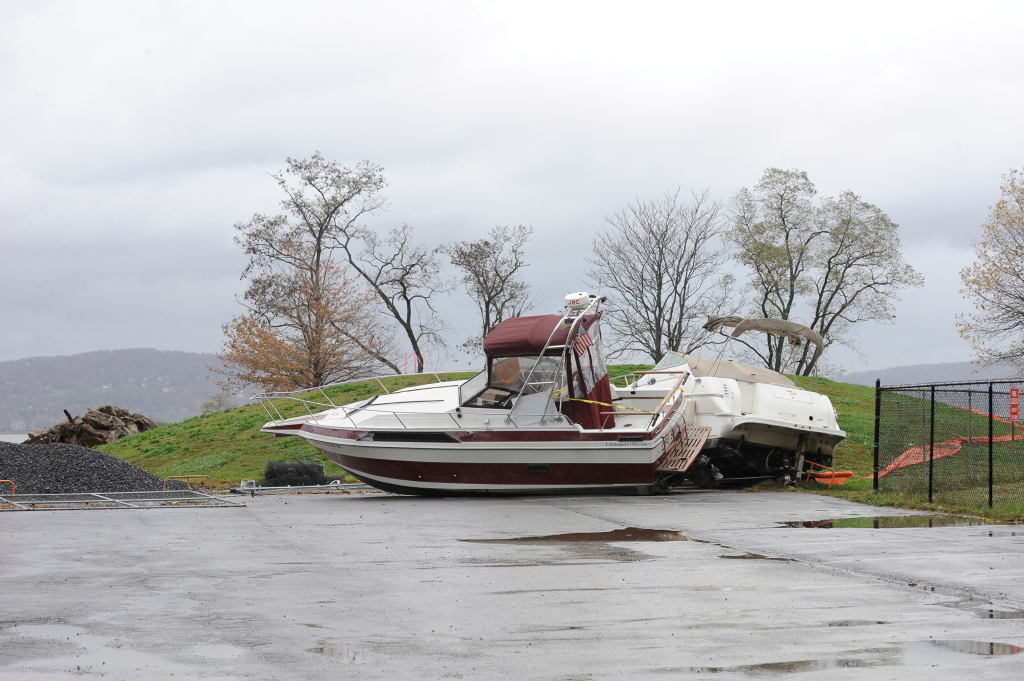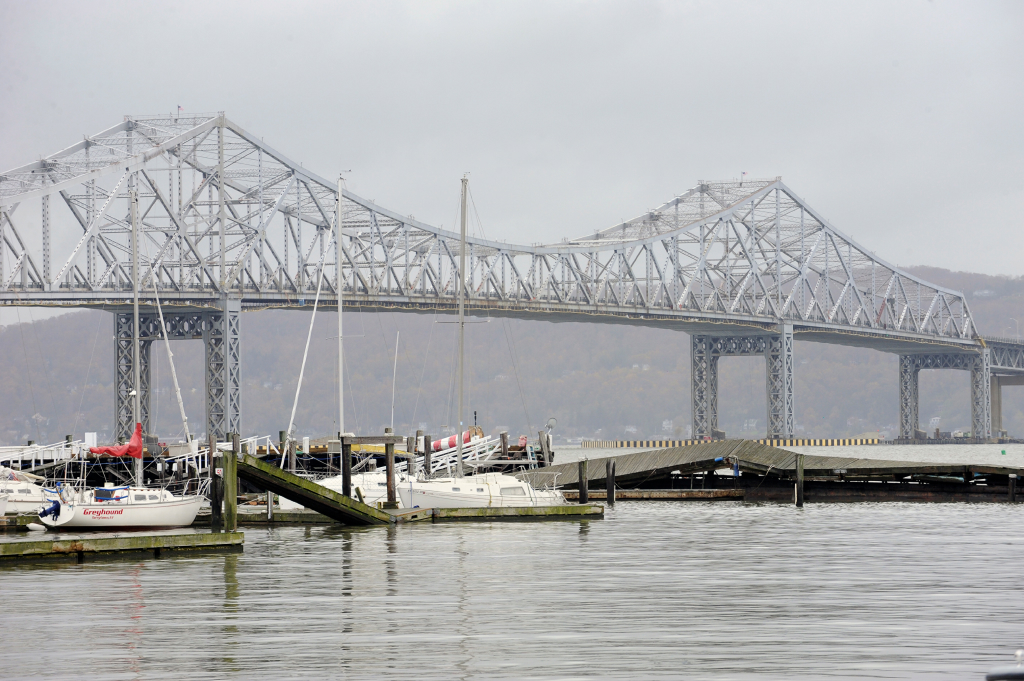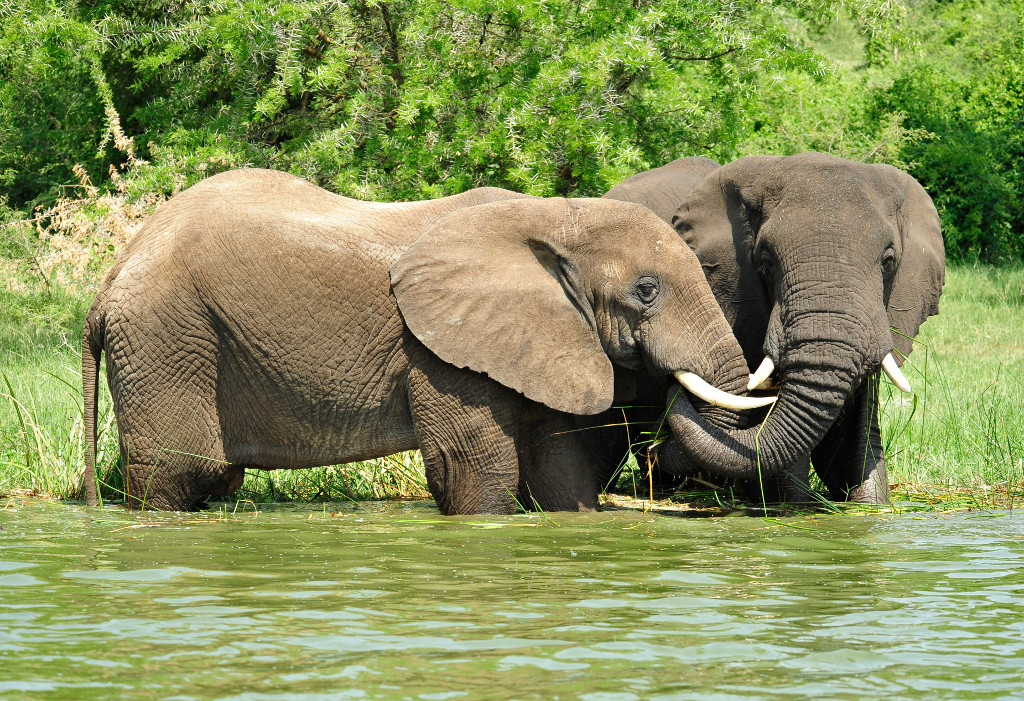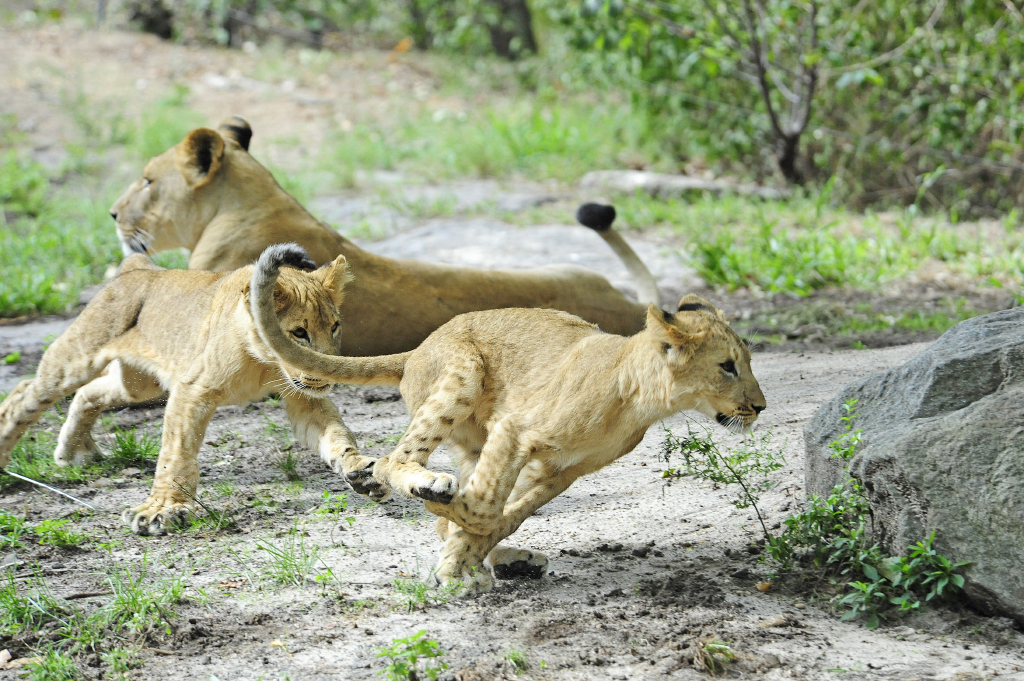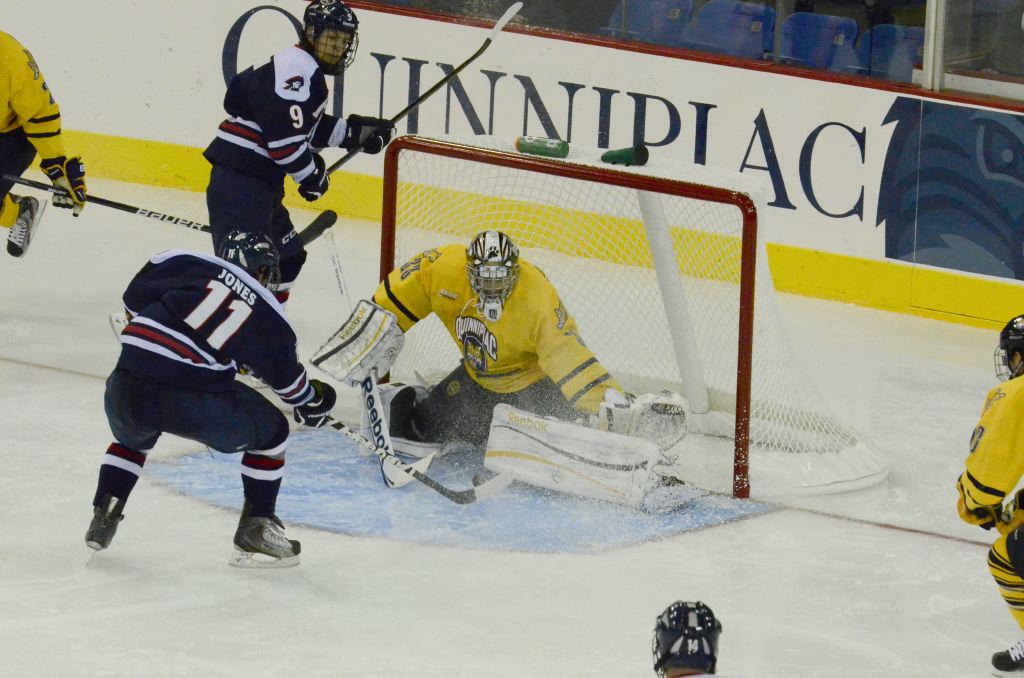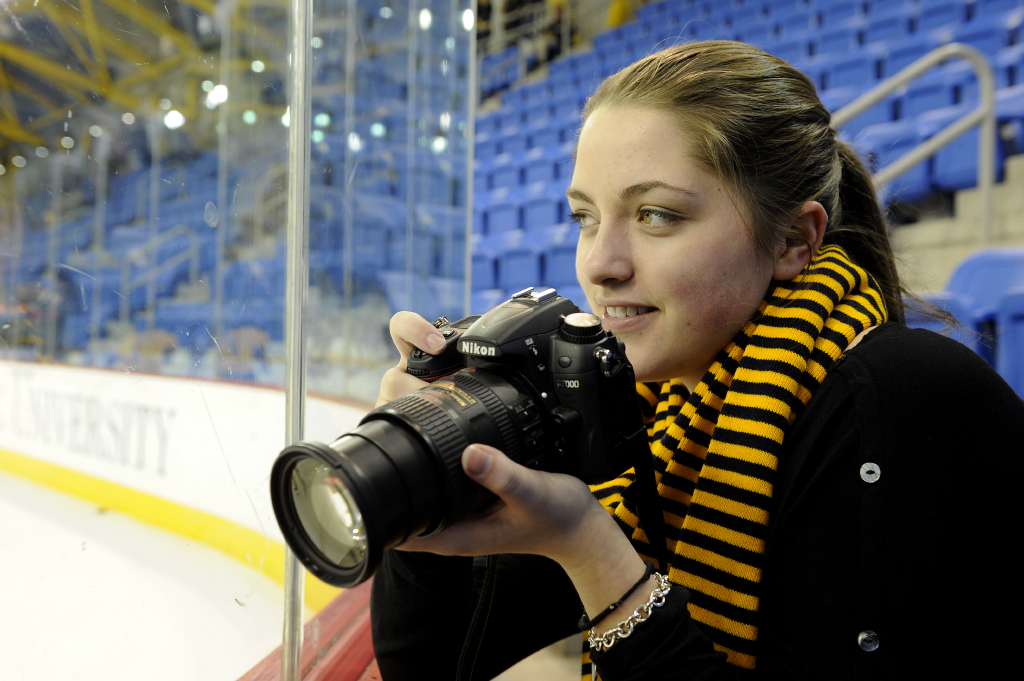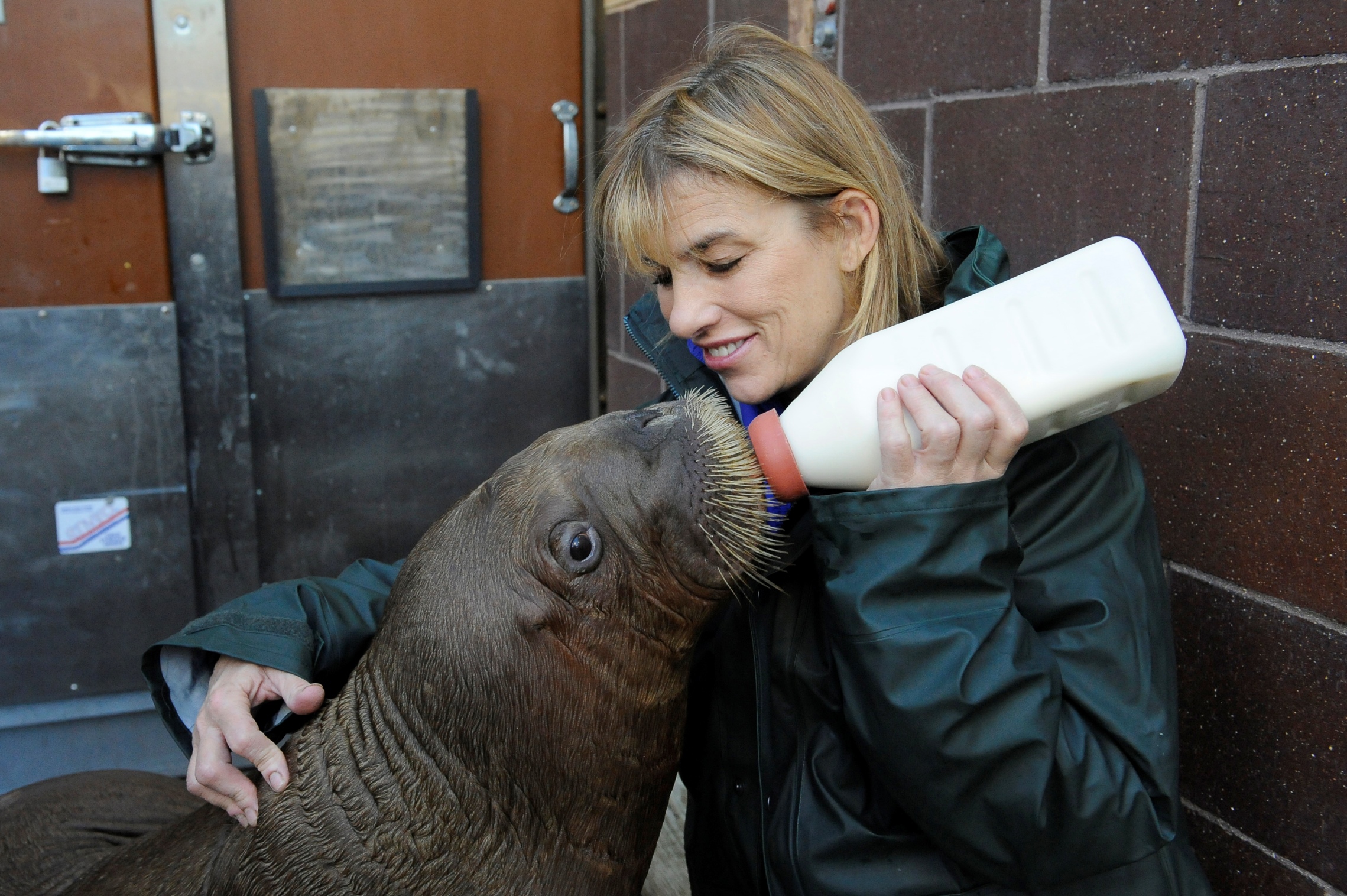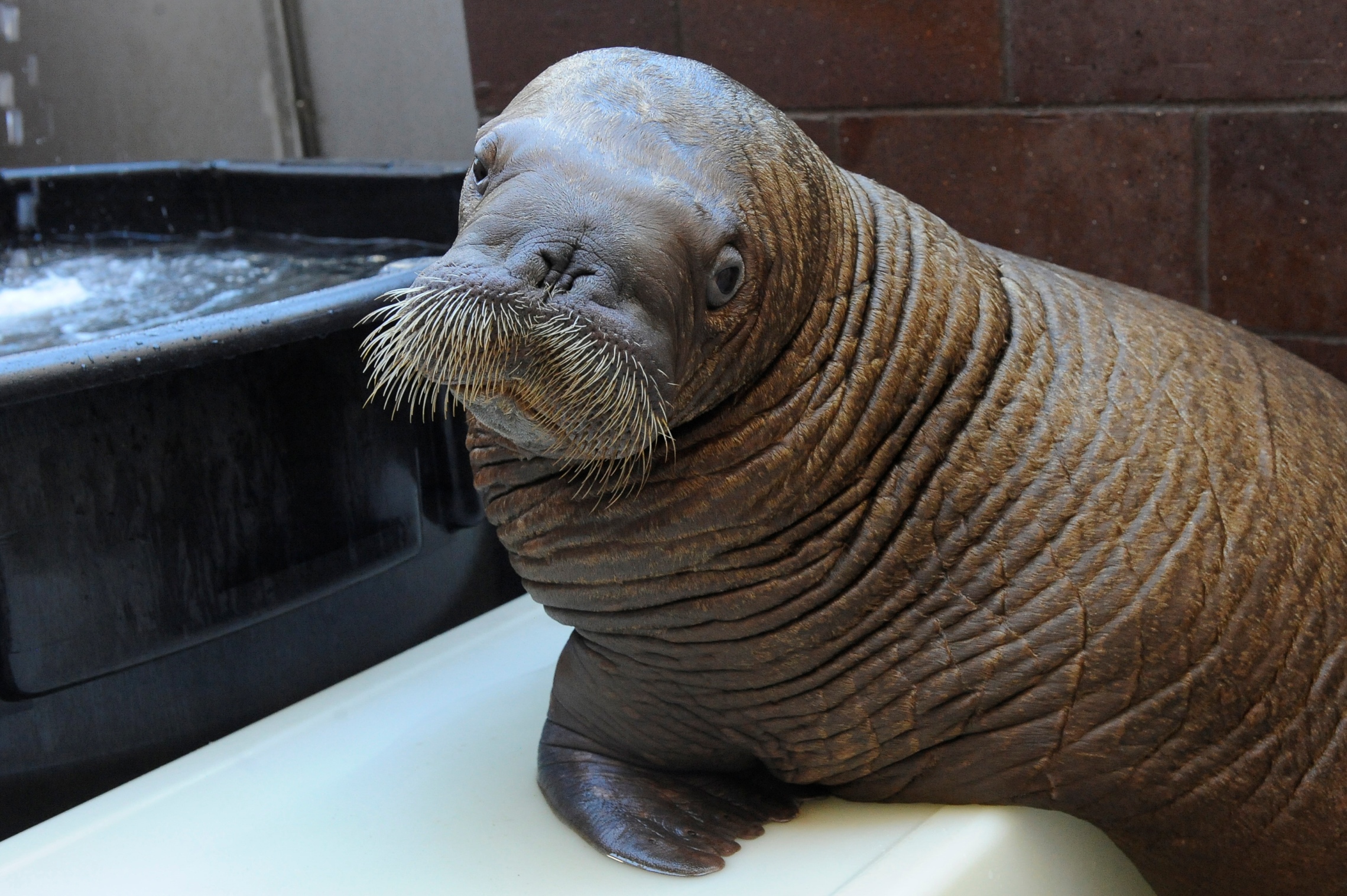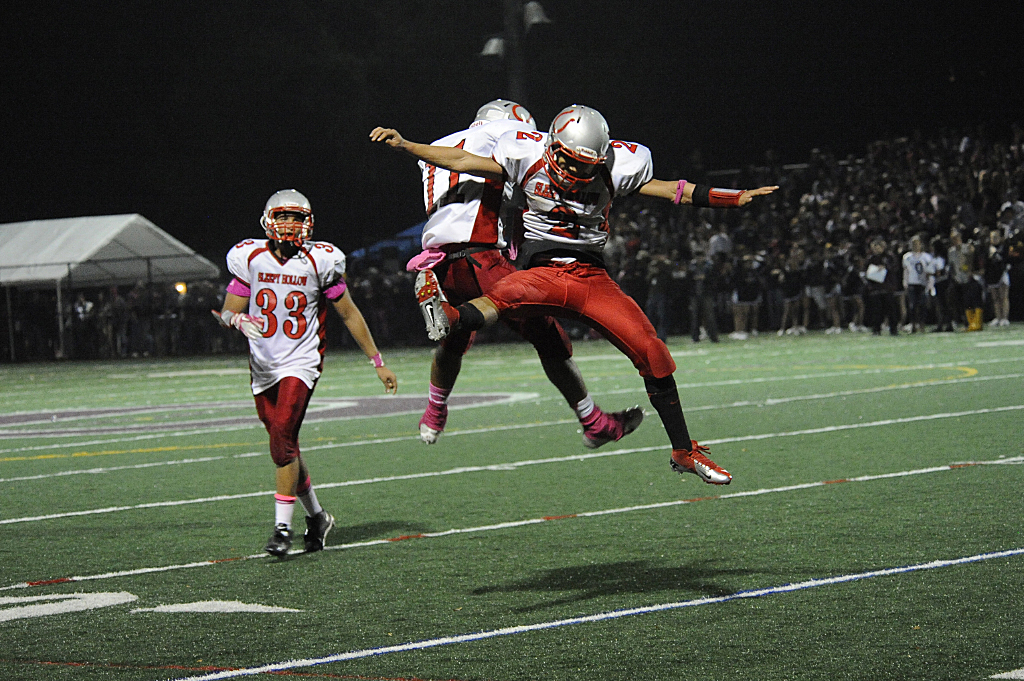R E B U I L D I N G M I T I K ‘ S H O M E
All 14 acres of the New York Aquarium (NYA) were under water during Hurricane Sandy.
As the flood waters rose, the NYA staff worked tirelessly to care for our animals, including our newest member, Mitik, the orphaned walrus calf. He weathered the storm without incident.
If you’d like to help rebuild Mit’s home, the NYA, go to newyorkaquarium.com for details.
I hope my photos of Mit will keep him in your hearts and minds.
Photo credit: Julie Larsen Maher © WCS
Source: wcs.org
